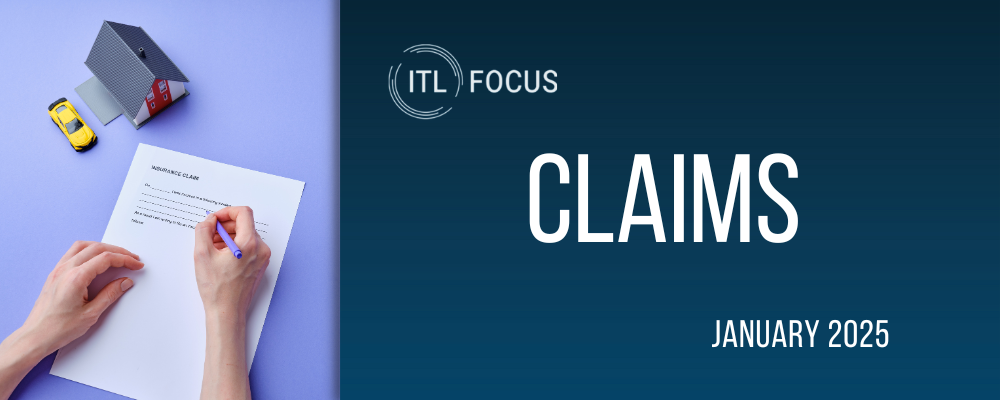This insurance does not apply to: a) Expected or Intended Injury "Bodily injury” or "property damage” expected or intended from the standpoint of the insured ...Use of the phrase "the insured” refers to the insured seeking coverage. This phrase is contrasted to an exclusion that applies to an injury which is expected or intended from the standpoint of "an” or "any” insured, which would preclude coverage entirely under the policy if an insured or any insured intended the act. (See, e.g., National Union Fire Insurance Company vs. Lynette C. (1991) 228 Cal.App.3d 1073 — a wife who negligently failed to prevent molestation by her husband was covered; Fire Insurance Exchange vs. Altieri (1991) 235 Cal.App.3d 1352 — parents sued in connection with their son's arson of a school building.) The phrase "the insured” also is contrasted to exclusions that apply to "you,” which is the named insured. In the context of an Owner Controlled Insurance Program, where virtually every contractor is an insured, particular attention has to be paid to whether the claims of "supervision,” "vicarious liability,” or other non-direct liability could create coverage where the exclusions apply to "the insured.” For example, in a claim that a contractor's employee intentionally damaged another contractor's work, the employee would be an insured, but the exclusion would bar coverage. His employer, assuming it was enrolled, would likely be a named insured; the exclusion would not apply to the employer, or any other enrolled contractor on the project. Contractual Liability Exclusion A second example is the contractual liability exclusion, which provides:
This insurance does not apply to: ... b) Contractual Liability "Bodily injury” or "property damage” for which the insured is obligated to pay damages by reason of the assumption of liability in a contract or agreement. This exclusion does not apply to liability for damages: ... (2) Assumed in a contract or agreement that is an "insured contract” ...The typical construction project contains indemnity flowing uphill in favor of the owner and general contractor. The liability of the owner or general contractor is generally passed down to the lowest level subcontractor. Under contractual liability coverage, the Owner Controlled Insurance Program assumes every enrolled contractor's indemnity obligations upward to the general contractor and owner. Contractual liability coverage allows owners/sponsors to settle claims with third parties and seek recovery from responsible subcontractors under the indemnity agreement. Thus, the insurance company must be mindful that any enrolled contractor may be both an insured as well as a claimant against the downhill subcontractors for any uncovered damages. Damage to Project Work The next series of exclusions are those dealing with damage to the work which is the subject of the Owner Controlled Insurance Program:
This insurance does not apply to: ... j. Damage to Property "Property Damage” 1) Property you own, rent or occupy; … 4) Personal property in the care, custody or control of the insured; 5) That particular part of real property on which you or any contractors or subcontractors working directly or indirectly on your behalf or performing operations, if the "property damage” arises out of those operations; or 6) That particular part of any property that must be restored, repaired or replaced because "your work” was incorrectly performed on it. Paragraph 6 of this exclusion does not apply to "property damage” included in the "Products-Completed Operations Hazard.” k. Damage to Your Product "Property Damage” to "your product” arising out of it or any part of it. l. Damage to Your Work "Property Damage” to "your work” arising out of it or any part of it, and included in the "Products-Completed Operations Hazard.” This exclusion does not apply if the damaged work or the work out of which the damage arises was performed on your behalf by a subcontractor.1With regard to property damage claims arising out of "operations” (as distinct from "completed operations”), Exclusion "j.” is critical. In light of the "separation of insureds” condition, Exclusion j(1) would exclude coverage to the program sponsor for damages occurring to the construction project itself. (Assuming the sponsor is the owner.) Exclusions j(5) and j(6) preclude coverage for damage to the construction project, but not entirely. Viewing the construction project from the standpoint of a general contractor, the entire project is "real property” on which the named insured (defined alternatively as "you”) or its subcontractors are performing operations. As to the owner or general contractor, virtually any damage would be excluded if it is within the basic scope of the construction project and the project is not completed. However, each enrolled contractor must be viewed separately. If there is an allegation of damage caused by a subcontractor to work other than its own, this exclusion would not bar coverage. An example would be a residential developer with an Owner Controlled Insurance Program covering its projects that experiences a fire at a home under construction caused by the negligence of the roofer. As to the owner/developer, exclusion j. precludes coverage entirely. As to the roofer, exclusion j. only precludes coverage for damage to the roofer's own work, but not resulting property damage caused by the roofer, i.e., the burned down home. This scenario constitutes the primary overlap with builders risk coverage. The owner/ general contractor may pursue a subcontractor for negligence arising out of performance of work under its contract, and the subcontractor's liability will be covered by the Owner Controlled Insurance Program. This gap presents an exposure to the liability Owner Controlled Insurance Program insurer for the builders risk deductible (since the amount is not covered by builders risk insurance). This scenario also illustrates that for owners or insurance companies, the proper analysis is to review any "operations” loss — those that occur while the project is under construction — first from the perspective of the responsible contractor (from the bottom up) rather than from the perspective of the owner (from the top down). 1 The terms "you" and "your" refer to the named insured, not to anyone qualifying as an insured.








